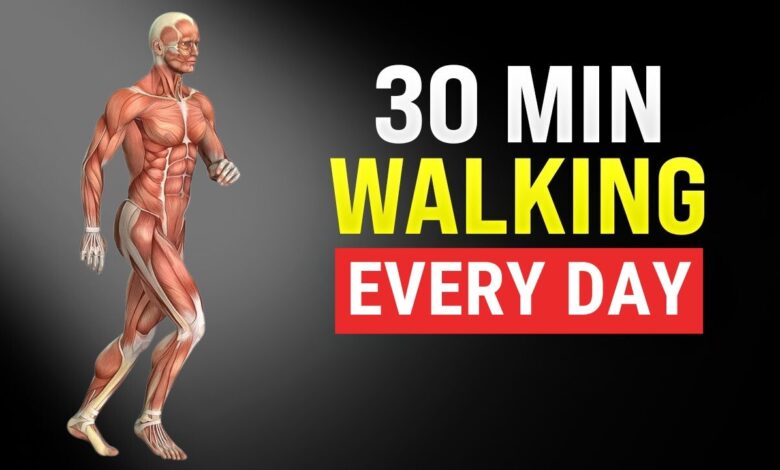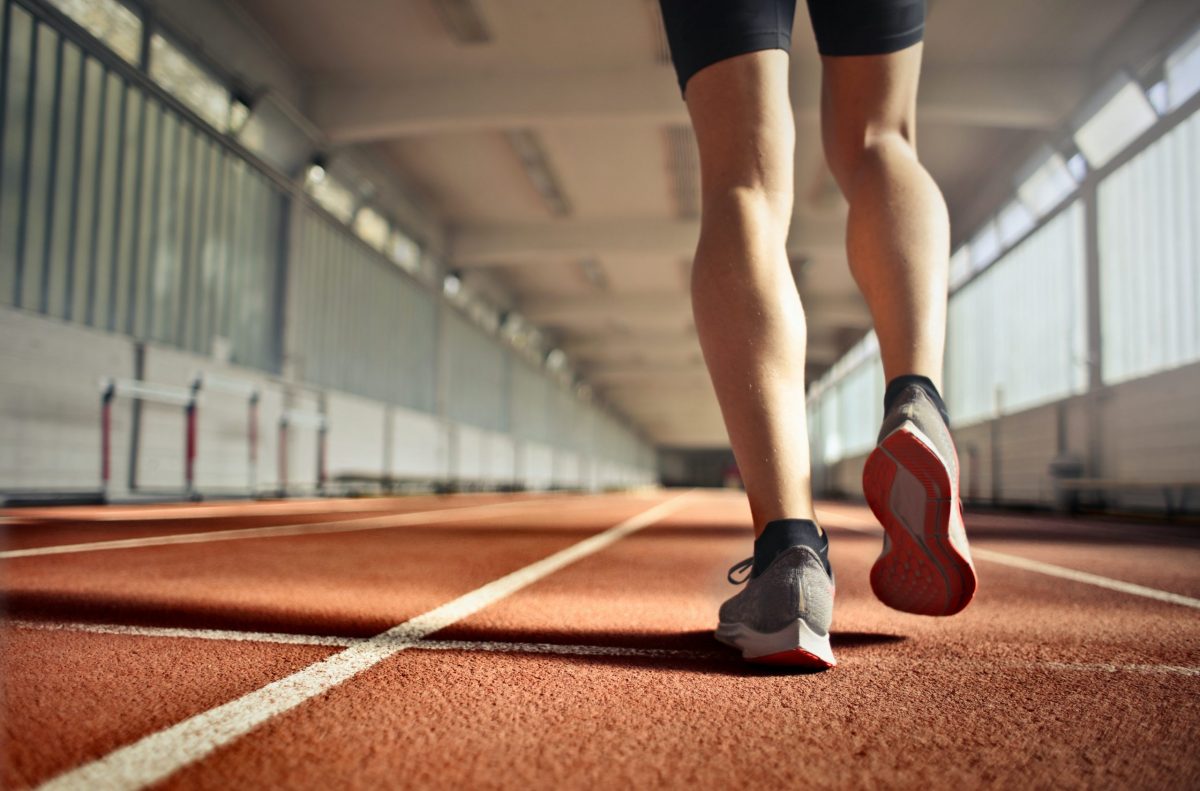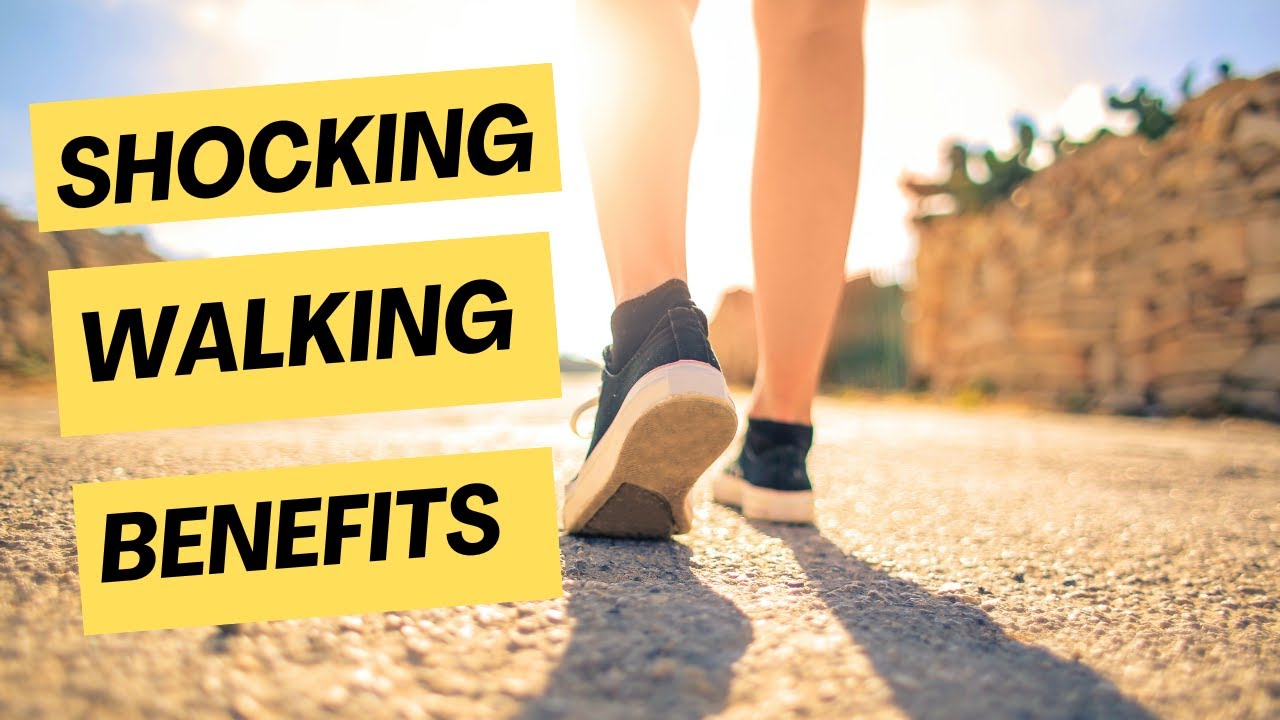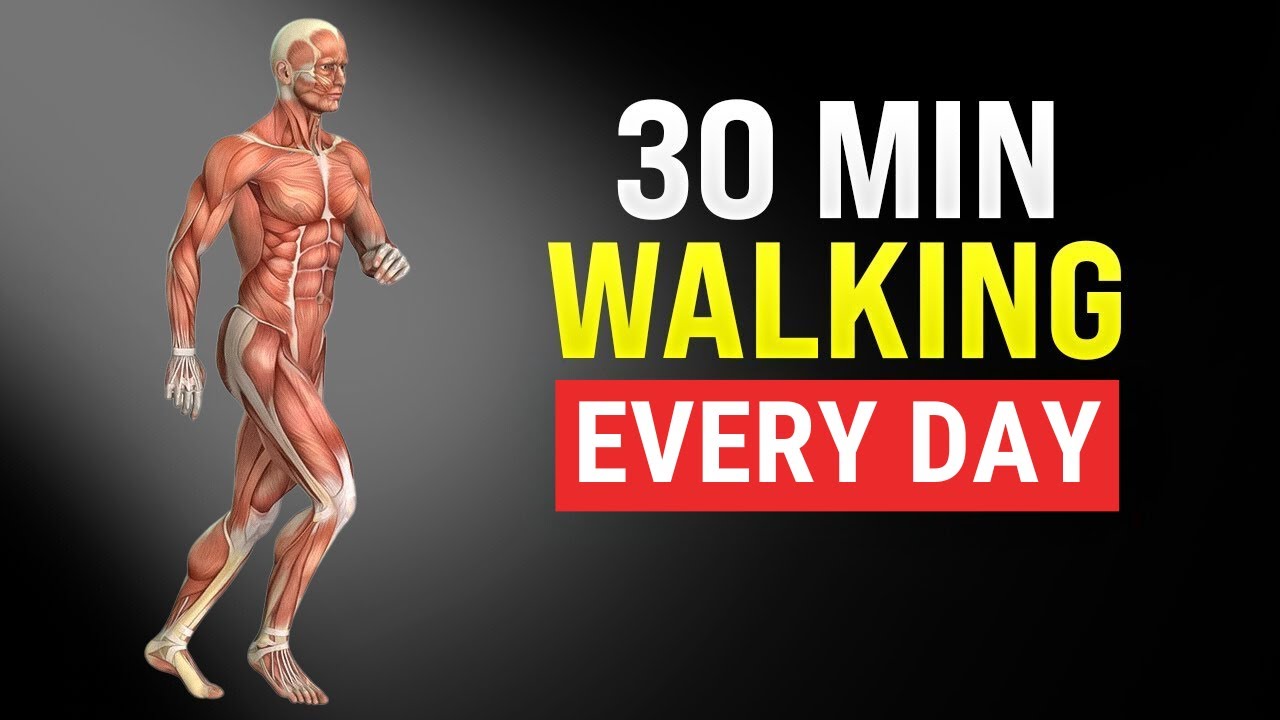
This Is What Happens To Your Body On A Walk
This Is What Happens To Your Body On A Walk: Ever wondered what happens to your body when you lace up your shoes and hit the pavement? It’s more than just a simple stroll; it’s a symphony of physical and mental changes that work together to benefit your overall well-being.
From boosting your cardiovascular health to elevating your mood, walking offers a wide range of advantages that can significantly impact your life. Let’s delve into the fascinating world of walking and explore the transformative effects it has on your body.
Whether you’re a seasoned walker or just starting out, understanding how your body responds to this simple activity can empower you to make the most of its benefits. We’ll uncover the science behind the physical changes, explore the mental perks, and provide practical tips for maximizing your walking experience.
So, get ready to step into a healthier and happier you.
The Physical Benefits of Walking: This Is What Happens To Your Body On A Walk

Walking is a simple yet powerful activity that offers a wide range of physical benefits for people of all ages and fitness levels. Whether you’re a seasoned athlete or just starting your fitness journey, incorporating regular walks into your routine can significantly improve your overall health and well-being.
Impact on Cardiovascular Health
Regular walking has a profound impact on cardiovascular health, reducing the risk of heart disease and stroke. Walking strengthens the heart muscle, improves blood circulation, and lowers blood pressure. It also helps control cholesterol levels, which are crucial for maintaining a healthy heart.
Effects on Muscle Strength and Endurance
Walking is a great way to build muscle strength and endurance. It engages various muscle groups in your legs, core, and even your arms, depending on your walking style. As you walk, your muscles work harder, leading to increased strength and stamina.
A walk is a fantastic way to get your heart pumping and your muscles moving, but it’s important to remember to stretch before and after to prevent injuries and improve flexibility. Learning about common types of stretches and when to do each can help you maximize the benefits of your walks.
Stretching after your walk allows your muscles to recover and prepare for your next adventure, whether it’s another walk or a different activity altogether.
This improved endurance allows you to walk for longer periods and at a faster pace over time.
Contribution to Weight Management
Walking plays a vital role in weight management by burning calories and boosting your metabolism. The number of calories you burn while walking depends on your weight, walking pace, and duration. Walking can help you achieve a healthy weight or maintain your current weight by creating a calorie deficit.
Walking is a great way to get your heart rate up and improve your overall fitness, but sometimes you need a more intense workout. If you’re looking for a quick and effective way to challenge your entire body, try your 9 minute total body bodyweight workout.
This workout will help you build strength and endurance, which will make your walks even more enjoyable and beneficial. You’ll be surprised at how much you can accomplish in just nine minutes, and you’ll feel the difference in your body the next time you go for a walk.
Impact on Bone Density
Walking is a weight-bearing exercise that helps improve bone density and reduce the risk of osteoporosis. As you walk, your bones are subjected to stress, which stimulates bone growth and strengthens them. This is particularly important for older adults who are at increased risk of bone loss.
Calorie Burn for Different Paces and Durations
| Walking Pace | Duration (minutes) | Calories Burned (Approximate) |
|---|---|---|
| Moderate (3 mph) | 30 | 150-200 |
| Brisk (4 mph) | 30 | 200-250 |
| Fast (5 mph) | 30 | 250-300 |
The Mental Benefits of Walking

Walking is not only a physical activity but also a powerful tool for enhancing mental well-being. It’s a gentle and accessible form of exercise that can positively impact your mood, cognitive function, and overall mental health.
Impact on Mood and Stress Levels, This is what happens to your body on a walk
Walking has been proven to elevate mood and reduce stress levels. During a walk, your body releases endorphins, natural mood boosters that have pain-relieving and mood-elevating effects. This release of endorphins can help to combat feelings of sadness, anxiety, and depression.
Regular walking can also help to regulate the production of cortisol, a stress hormone, leading to a calmer and more balanced emotional state.
The Role of Walking in Improving Cognitive Function and Memory
Walking can stimulate blood flow to the brain, which is essential for optimal cognitive function. Increased blood flow delivers oxygen and nutrients to the brain, supporting the growth of new brain cells and improving communication between neurons. Studies have shown that regular walking can enhance memory, attention, and processing speed.
How Walking Can Promote Relaxation and Reduce Anxiety
Walking provides a structured opportunity to engage in mindfulness. Focusing on your breath, the rhythm of your steps, and the sensations of your body as you walk can help to calm your mind and reduce anxiety. The repetitive motion of walking can also be soothing and help to distract you from worries and negative thoughts.
Walking is a simple yet powerful way to improve your health. It gets your heart pumping, strengthens your muscles, and boosts your mood. Plus, it can even help you shed some pounds! Just ask Danielle, who danielle put herself first and dropped 50 pounds by prioritizing her well-being and incorporating regular walks into her routine.
So, lace up your shoes and get moving! Your body will thank you for it.
The Connection Between Walking and Improved Sleep Quality
Walking during the day can contribute to better sleep at night. Regular physical activity helps to regulate your circadian rhythm, the natural sleep-wake cycle. Walking also helps to tire out your body, making it easier to fall asleep and sleep soundly.
Avoid walking too close to bedtime, as this can have the opposite effect and make it harder to fall asleep.
Mental Health Conditions That Can Benefit from Walking
Walking can be a valuable tool in managing various mental health conditions.
- Depression:Walking can help to alleviate symptoms of depression by increasing endorphin levels and promoting relaxation.
- Anxiety:Walking can help to reduce anxiety by calming the nervous system and promoting mindfulness.
- Stress:Walking is an effective stress reliever, helping to reduce cortisol levels and promote relaxation.
- Attention-Deficit/Hyperactivity Disorder (ADHD):Walking can improve focus and concentration in individuals with ADHD.
- Cognitive Decline:Walking can help to slow down cognitive decline and improve memory and thinking skills.
Factors Affecting Walking Benefits
The benefits of walking are not one-size-fits-all. Several factors influence the impact of walking on your body and mind. Understanding these factors can help you maximize your walking experience and achieve your desired outcomes.
Walking Duration and Intensity
The duration and intensity of your walks significantly affect the benefits you receive. Longer and more intense walks generally provide greater benefits.
- Moderate-intensity walking, characterized by a slightly elevated heart rate and noticeable breathing, is ideal for improving cardiovascular health, burning calories, and boosting mood. Aim for at least 30 minutes of moderate-intensity walking most days of the week.
- Vigorous-intensity walking, where you’re breathing hard and can barely speak, offers more significant benefits for weight loss, cardiovascular health, and bone density. However, it’s crucial to build up to this level gradually to avoid injury.
Walking on Different Terrains
Walking on varied terrain provides a more challenging and rewarding experience, engaging different muscle groups and improving balance and coordination.
- Flat surfacesare great for beginners and those seeking a low-impact workout. They are also suitable for longer walks, allowing you to cover more distance.
- Hilly terrainincreases the intensity of your workout, challenging your cardiovascular system and strengthening your leg muscles. Walking uphill strengthens your quadriceps, glutes, and hamstrings, while walking downhill engages your calves and hamstrings.
- Uneven surfaces, like trails or parks, provide a more dynamic workout, improving balance and coordination. These surfaces also offer a more stimulating and enjoyable walking experience.
Walking in Different Environments
The environment in which you walk can influence your experience and benefits.
- Parksoffer a natural setting, promoting relaxation and stress reduction. The fresh air and greenery can enhance your mood and improve your mental well-being.
- Citiesprovide a more stimulating environment, with sights and sounds that can keep you engaged. Walking in a city can be a great way to explore and discover new places.
- Forestsoffer a calming and grounding experience, promoting relaxation and reducing stress. The natural beauty of a forest can be a source of inspiration and tranquility.
Risks and Precautions
While walking is generally safe, it’s essential to take precautions to avoid injuries and ensure a positive experience.
- Hydrationis crucial, especially during longer walks or in hot weather. Carry a water bottle and drink regularly to stay hydrated.
- Footwearplays a vital role in preventing injuries. Choose comfortable, supportive shoes that fit well and provide adequate cushioning.
- Safetyis paramount. Walk in well-lit areas, especially at night. Be aware of your surroundings and avoid walking alone in isolated areas.
Tips for Maximizing Walking Benefits
- Set realistic goalsand gradually increase the duration and intensity of your walks.
- Listen to your bodyand take breaks when needed. Don’t push yourself too hard, especially when starting out.
- Vary your routesto keep your walks interesting and engage different muscle groups.
- Walk with a friendto stay motivated and enjoy the company.
- Make walking a habitby incorporating it into your daily routine.
Last Word

As you continue to explore the world on foot, remember that every step you take is a step towards a healthier and more fulfilling life. Walking is a powerful tool for improving your physical, mental, and emotional well-being. So, lace up your shoes, embrace the outdoors, and experience the transformative power of walking.
Your body will thank you for it.






